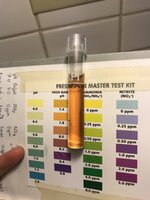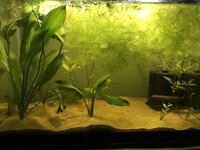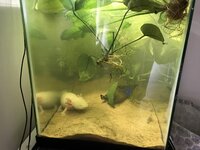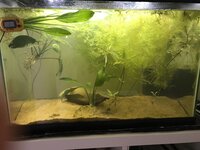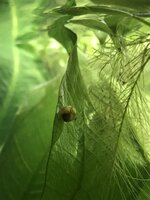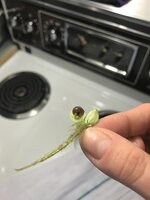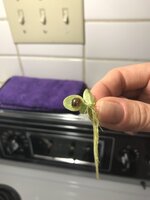ricagudino
New member
I've recently added a bunch of plants and sand substrate to my aquarium after struggling with parameters for the whole year.. my poor axolotl is doing very well despite it all and she is currently still tubbed while I figure out the aquarium parameters.
My main problem was high nitrates, the plants and water changes have totally fixed that issue. Now I am having issues with high pH. She likes a pH of 7.4 and my tap runs at that pH. But somehow her tank has been at 7.8 for the last month. So last week I treated her tank with an indian almond leaf tea and put the leaf in with the tank as well. I am attaching a pic of the pH test after 7 days of the tea being added to the tank to make sure I'm not misreading it. Also attaching a picture of her tank set up in case I am missing something.
I want to be super careful when I put her back in the tank and hopefully this pH issue will be the last of it.
My main problem was high nitrates, the plants and water changes have totally fixed that issue. Now I am having issues with high pH. She likes a pH of 7.4 and my tap runs at that pH. But somehow her tank has been at 7.8 for the last month. So last week I treated her tank with an indian almond leaf tea and put the leaf in with the tank as well. I am attaching a pic of the pH test after 7 days of the tea being added to the tank to make sure I'm not misreading it. Also attaching a picture of her tank set up in case I am missing something.
I want to be super careful when I put her back in the tank and hopefully this pH issue will be the last of it.

